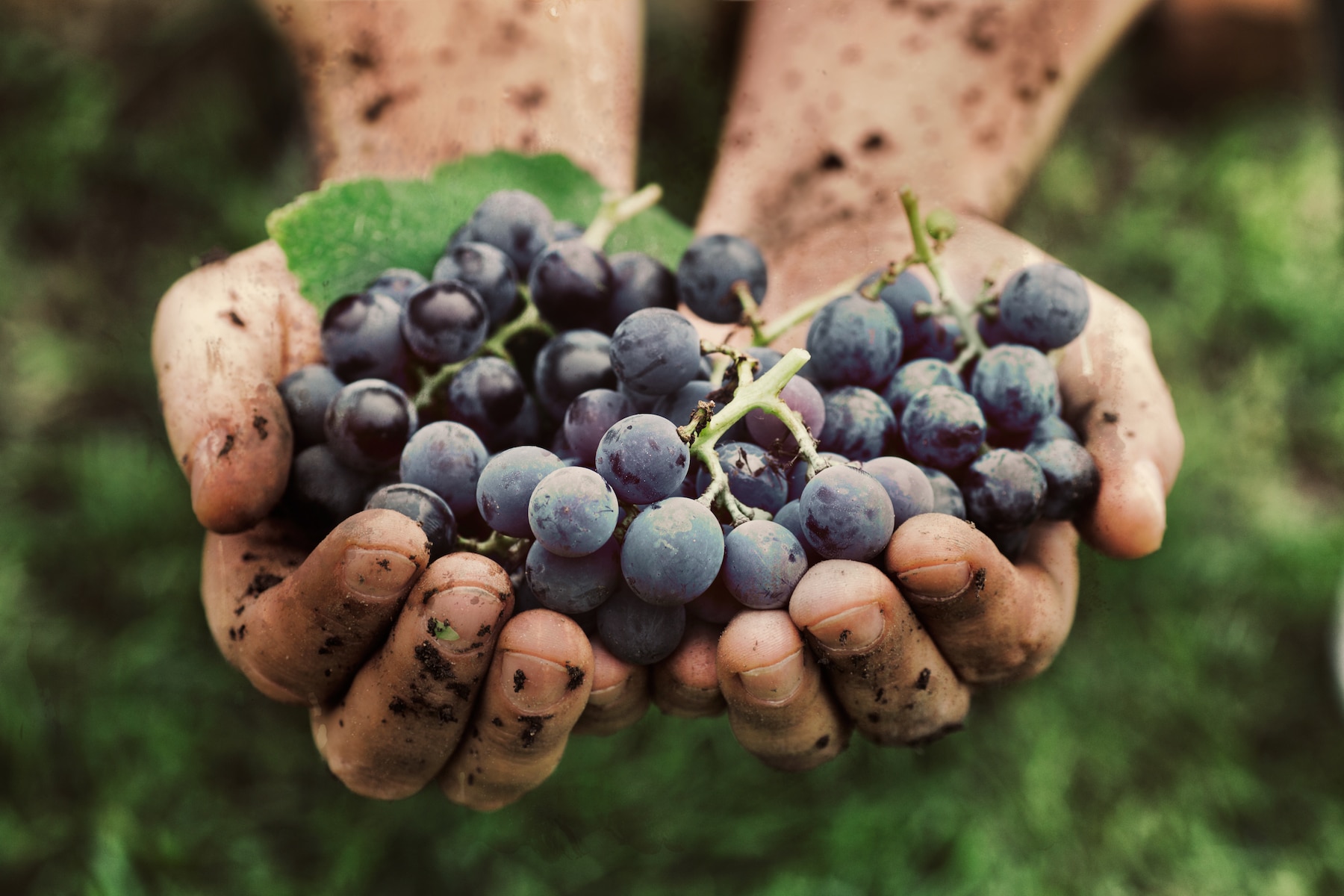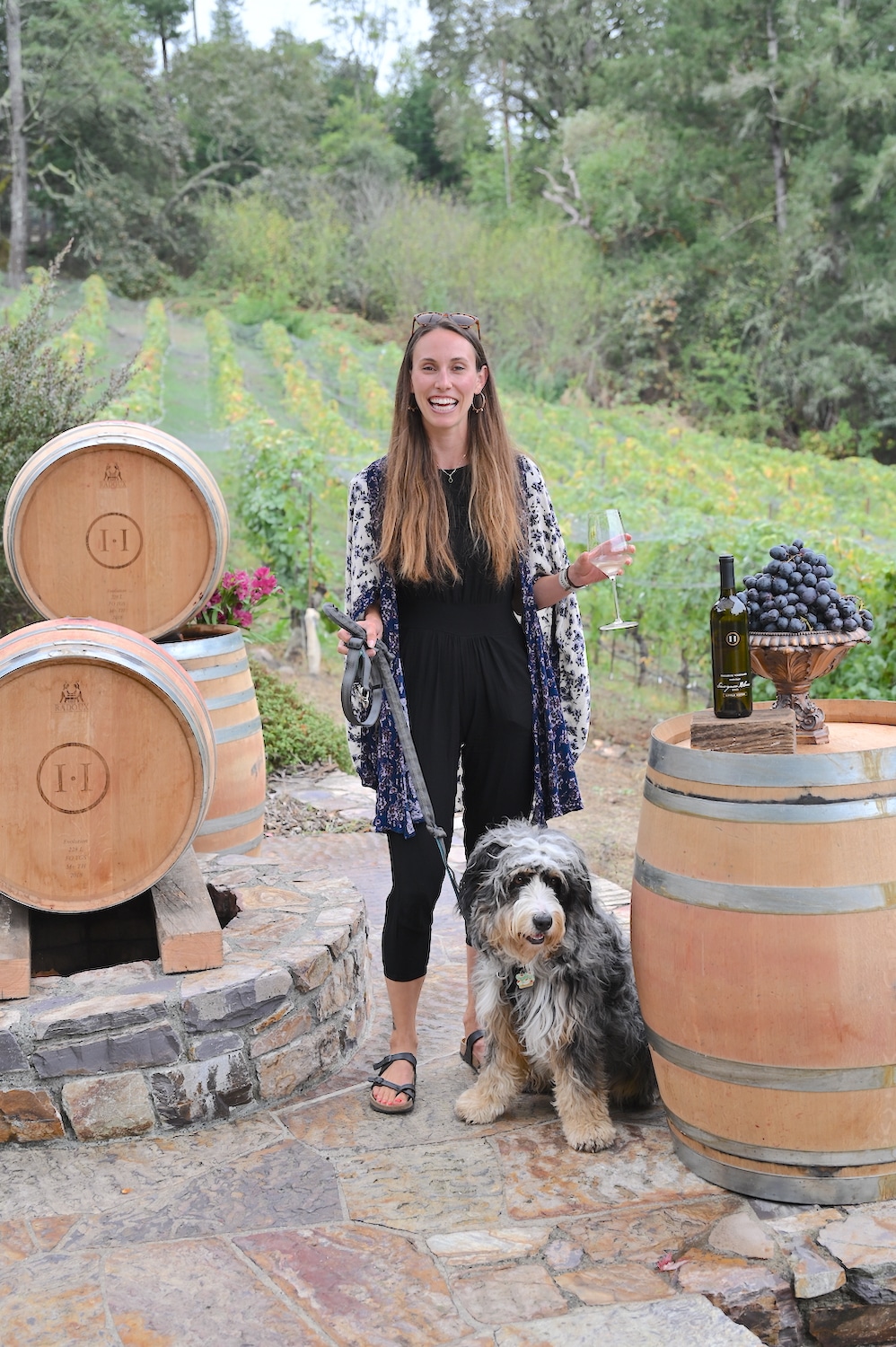Wineries That Offer Dog Friendly Areas - Sonoma Wine Culture
Wineries That Offer Dog Friendly Areas - Sonoma Wine Culture
Blog Article
Unique Wine Blending Experiences In Sonoma - Sebastopol Area Wineries Offering Wine
Wine tasting is an art that mixes sensory experience with an appreciation for the nuances of different varietals. How to evaluate flavors in winery wine tasting classes is pivotal to greedy the complexities of wine.
Partaking in a wine tasting includes greater than simply sipping and savoring. It requires a targeted method to identify aromas and flavors that every wine presents. As you start, observe the wine's appearance, noting its color and clarity. These visible cues usually counsel a wine’s age, grape selection, and even potential flavor profiles.
The next step within the tasting process is to swirl the wine in your glass. This action releases aromatic compounds that are vital for evaluation. Lean in and take a moment to inhale deeply; the aromas can vary from floral and fruity to spicy and earthy. The nose of the wine is simply as important as the palate, and recognizing scents performs a major position in understanding the overall experience.
When taking your first sip, allow the wine to maneuver throughout your palate - Artisan Wineries In Russian River Valley. Discover the initial flavors that current themselves. Is the wine fruity, floral, or perhaps herbaceous? This initial style gives insight into what the wine is likely to categorical as you proceed to evaluate it. The mouthfeel also contributes to the overall flavor experience; it can be silky, tannic, or even effervescent.
Wineries With Unique Varietals - Sonoma Vineyards Worth Visiting
As you proceed tasting, pay attention to the wine’s stability. A well-balanced wine will harmonize acidity, sweetness, and tannins. If one element overwhelms the others, it'd point out a much less desirable high quality. Evaluating balance might help you determine how well the wine might pair with food.
Transitioning to the end, contemplate how the flavors evolve because the wine lingers on your palate. A long, pleasant end can point out a high-quality wine, whereas a short or abrupt finish may recommend in any other case. Reflect on whether the flavors remain consistent or if new notes emerge because the wine settles. This progression can reveal complexities and intricacies which may not have been obvious in the preliminary tasting.
Temperature can be an important consider evaluating wine flavors. Completely Different types of wine are optimally loved at particular temperatures. White wines typically shine when chilled, whereas purple wines generally carry out best at room temperature. When tasting, make sure the wine is at the acceptable temperature to completely respect its character.
Wineries Specializing In Sparkling Wines - Tasting Fine Wines In Sonoma County
Pairing food with wine can significantly enhance the tasting experience. Meals can affect the perception of flavors in wine, both highlighting sure characteristics or diminishing them. When evaluating flavors, think about how the wine interacts with totally different meals, noticing which flavors are amplified or muted (Beautiful Picnic Areas At Sonoma Wineries).
Contemplate the affect of terroir as you interact in a winery tasting. Terroir encompasses the unique environmental components that have an effect on grape rising, together with soil composition, climate, and geography. Understanding a wine's terroir can present insight into its flavors and aromas, fostering a deeper appreciation for the alternatives made throughout its cultivation and production.
Education plays a basic role in enhancing one's ability to gauge wine flavors. Learning about grape varieties, wine regions, and manufacturing methods can pave the way for more knowledgeable judgments throughout tastings. Additionally, attending workshops or classes can refine sensory skills and broaden your flavor vocabulary, enabling you to articulate tasting notes extra effectively.

Lastly, it's essential to remember that evaluating wine flavors is a extremely personal experience. Individual preferences and perceptions will invariably form one’s tasting journey. Enjoyment ought to be on the forefront, with the evaluation process performing as a software to reinforce understanding and appreciation quite than create inflexible guidelines.
Charming Wineries With Views In Sonoma Valley - Exploring Sonoma's Wine Landscape
In conclusion, mastering how to evaluate flavors in winery wine tasting sessions involves a mixture of sensory engagement, knowledge, and practice. By studying to identify aromas, assess the stability, and recognize the intricacies of flavor, wine enthusiasts can deepen their connection to every bottle they encounter. As with any art form, the more one immerses themselves within the experience, the extra they will uncover and enjoy the vast world of wine.
- Begin by observing the wine's shade and readability, as these visual elements can hint at its flavor profile and aging potential.
- Swirl the wine gently in your glass; this releases aromatic compounds, allowing you to raised identify the advanced scents related to the wine.
- Take a deep inhale before tasting, focusing on both primary and secondary aromas to collect insights on fruits, spices, and different nuances.
- When tasting, permit the wine to coat your palate; note the preliminary flavors, the mid-palate complexity, and the finish as these levels can provide different flavor highlights.
- Pay attention to texture and mouthfeel, as features such as tannin levels, acidity, and sweetness contribute significantly to the overall tasting experience.
- Compare flavors towards standard wine traits; for pink wines, contemplate berry notes, oak influence, and herbal tones, while whites could include citrus, stone fruits, and floral hints.
- Take notes through the tasting session to track your impressions, helping you to remember and evaluate the completely different wines sampled.
- Focus On your findings with fellow tasters or winery workers, as sharing insights can enhance understanding and appreciation of particular person flavors.
- Permit time for the wine to breathe; sometimes, flavors evolve and reveal new dimensions after being uncovered to air.
- Experiment with food pairings in the course of the tasting as they can dramatically alter how flavors are perceived, influencing general enjoyment.undefinedWhat should I look for when evaluating the aroma of wine during a tasting?
Start by swirling the wine in your glass to release its aromas. Bring the glass to your nose and take a deep breath. Pay attention to the first scents you detect, as these are often the most distinguished. Look for fruit, floral, herbal, or earthy notes and try to establish specific characteristics, which is able to deepen your understanding of the wine's complexity.
Wineries With Artisan Chocolate Pairings In Sonoma - Sebastopol Wine Tours And Vineyards

How can I distinguish between different flavor profiles in wine?
Understand that flavor profiles are often categorized as fruit, floral, herbaceous, spicy, or mineral. Take small sips and allow the wine to coat your palate. Discover the primary flavors that emerge first and the subtle notes that observe. This layering is essential in distinguishing the wine's traits and can allow you to recognize its distinctive profile.
Wineries Ideal For Romantic Getaways - Wine Tasting And Vineyards In Sonoma
What is the importance of the wine's texture in a tasting?
The texture of the wine, also called mouthfeel, performs an important role in how we perceive flavors. Pay attention as to link whether the wine feels easy, creamy, or gritty. The physique of the wine (light, medium, or full) can enhance or contrast with flavors, offering a extra rounded experience during tasting.
How do I assess the steadiness of flavors in wine?
Steadiness in wine refers again to the concord between acidity, sweetness, tannin, and alcohol. Take a moment to assess whether these parts complement or interfere with one another. A well-balanced wine could have none of its components overpowering the others, creating a pleasant tasting experience.
Wine Tasting Events In Sonoma County - Sonoma Vineyards For A Perfect Day Out
What position does temperature play in evaluating wine flavors?
Temperature can significantly impression the perception of flavors. Generally, purple wines are greatest served barely beneath room temperature, while white wines take pleasure in being chilled. As the temperature changes, the aromas and flavors can shift, allowing you to understand totally different traits. It’s important to taste wine at its optimal temperature for true evaluation.
Wineries Featuring Seasonal Wine Events In Sonoma - Exploring Sonoma's Wine Landscape
How can I enhance my tasting skills over time?
Practice is essential to improving your tasting skills. Wineries Producing Pinot Noir And Chardonnay. Attend tastings, maintain a journal of your experiences, and discover different sorts of wines to broaden your palate. Additionally, learning about wine manufacturing and grape varieties can provide context that enhances your evaluation process, making you a more informed taster.
Is there a selected order by which I should style the wines?
Wineries That Offer Dog Friendly Areas - Sonoma Wineries With Vineyard Views
Yes, it’s advisable to style wines from light to full-bodied and dry to candy. This progression prevents the stronger flavors from overshadowing the more delicate ones, permitting you to completely recognize each wine's characteristics and nuances with out palate fatigue.
How can I consider the aftertaste of wine?
Wineries With Scenic Views - Wineries With Stunning Views In Sonoma
The aftertaste, or end, is an important side of the wine-tasting experience. After swallowing, take note of how long the flavors linger in your palate and whether they change. A lengthy, pleasant end is commonly an indicator of a high-quality wine, while a brief or unpleasant finish visit their website might recommend in any other case.
Why is it essential to notice the wine’s acidity during tasting?
Acidity contributes to the general freshness and structure of the wine. Pay attention to the tingling sensation on your tongue; higher acidity can improve the wine's liveliness and stability out sweetness. Noting acidity helps decide the wine's versatility with food and its growing older potential.
What should I do if I battle to identify particular flavors in wine?
Breathtaking Views From Sonoma Wineries - Top-Rated Wineries In Sebastopol
Struggling to establish flavors is frequent, particularly for newbies. Focus on broader categories and describe what you'll be able to acknowledge, similar to sweet or earthy notes. With practice, reading about completely different flavor profiles, and maybe utilizing flavor wheels, you may refine your senses and develop a extra nuanced approach to tasting. Report this page